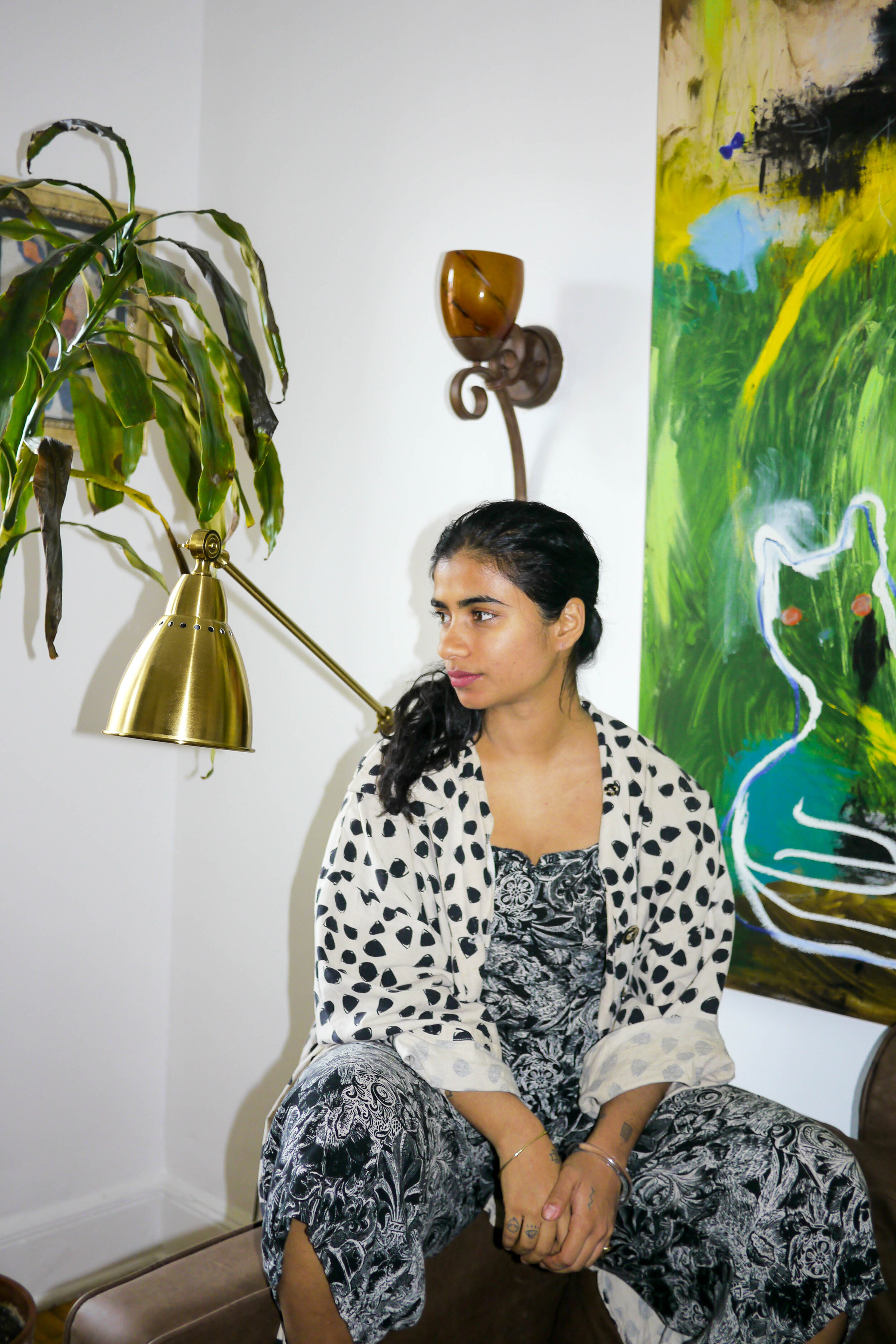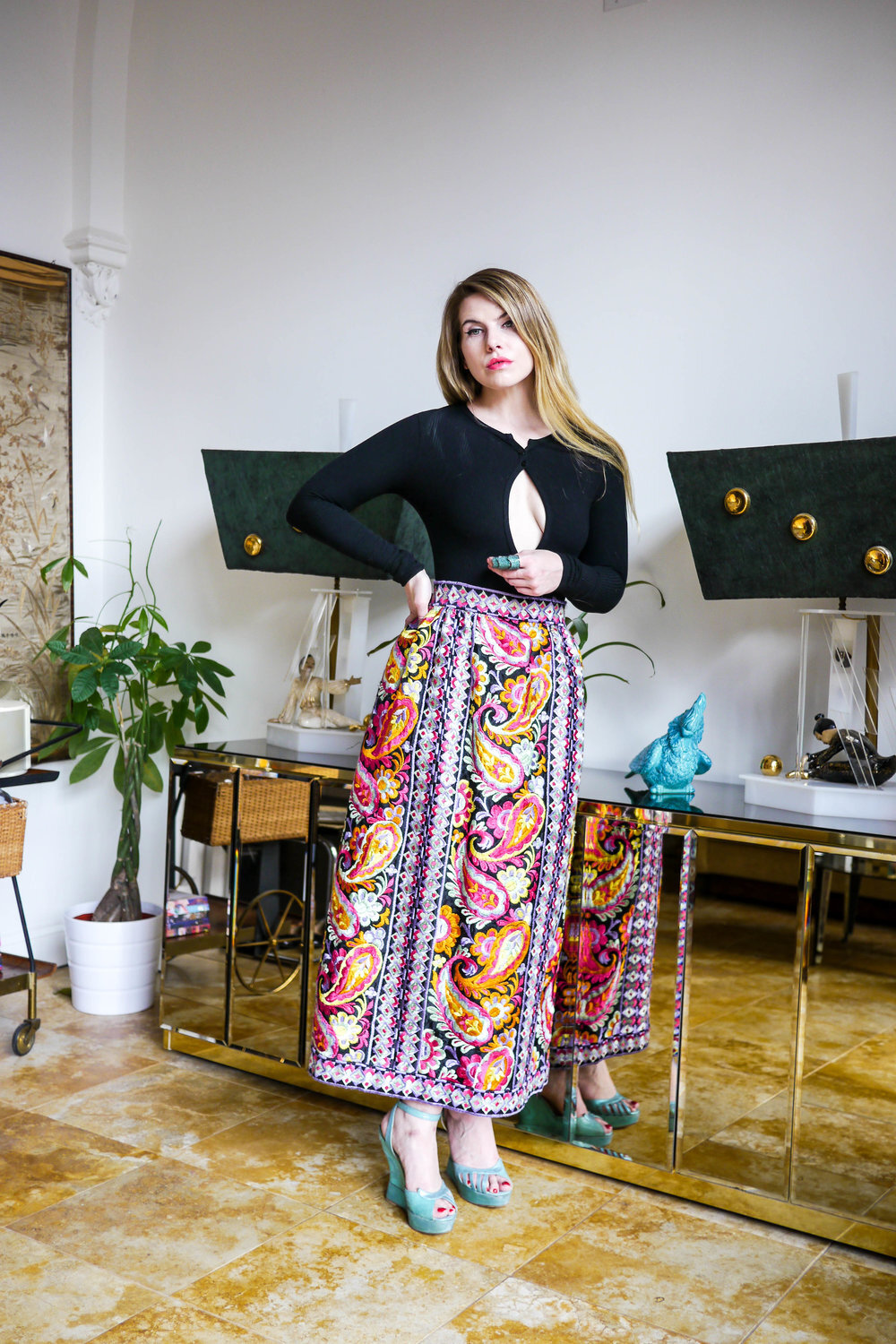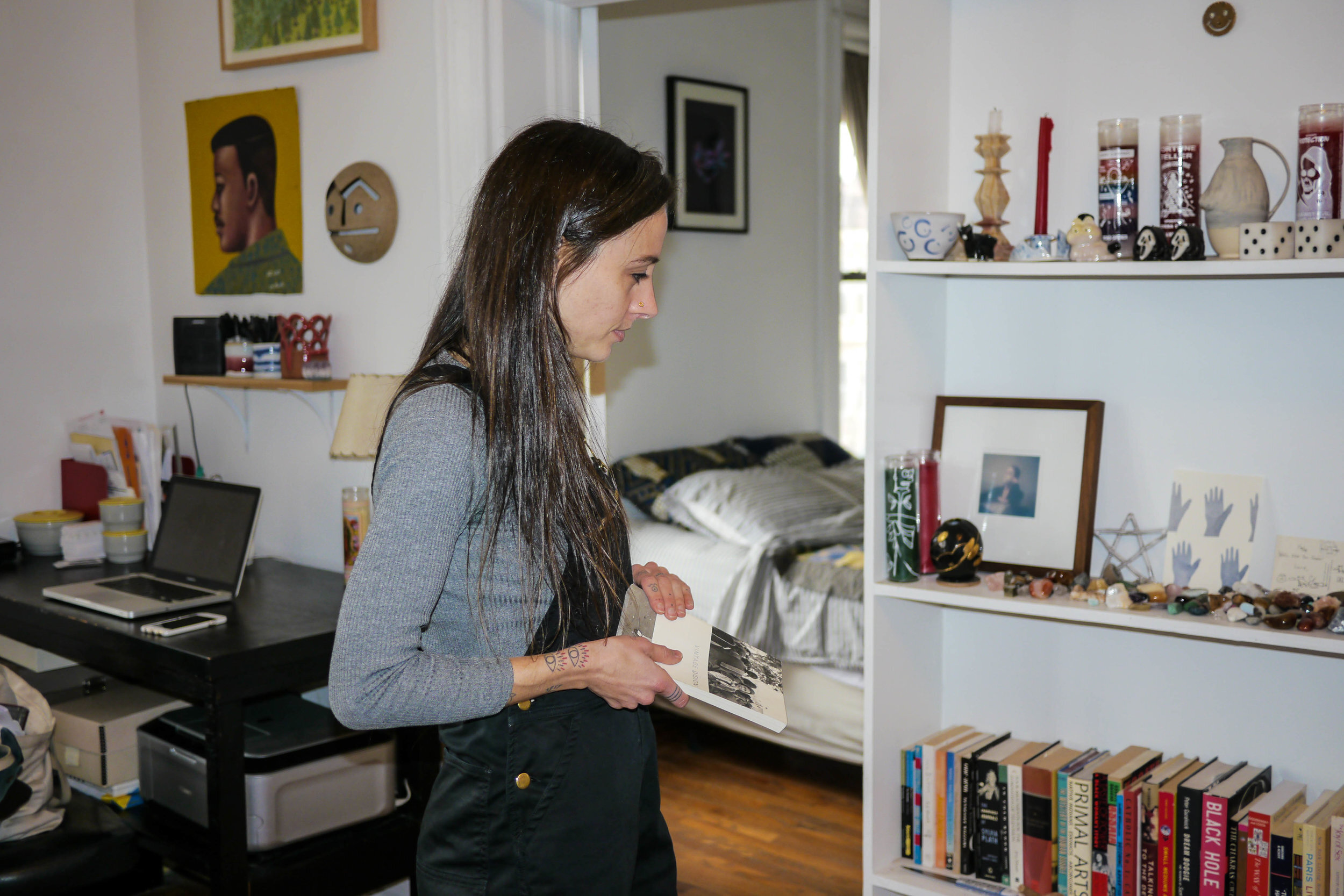How to tune into your past, present, and future self.
It’s never a bad idea to channel our relationships with ourselves and harness our intuition. For several passersby, Tarot is a favorite mode of doing just that. The cards in their current form originated in 15th-century Milan, but arguable roots also exist in playing cards born in China, India, and Islamic countries. Many regions, cultures, and religions have established individualized ties to Tarot, though––the modern Tarot reader has a world of tradition to inform their practice.
the concept
At its core, Tarot welcomes communication with the universe. It affirms purpose, dispels worry, contemplates fate, and releases the past. It’s also a personalized practice, embodying whatever its user desires. Writer Fariha Róisín’s experience is all about “getting a symbolic explanation and then interpreting that for any given situation.”
You can identify the cards as fortune tellers, or you can use them as reflections of energy meant for contemplation and decision-making: the former centers the cards, and the latter centers the self. For Fariha, who used to practice Wicca, Tarot cards are her “seers,” and she has “a relationship with them where [she] can hear what they tell [her].” For artist and spiritual advisor Rachel Howe, Tarot has “correlated with a larger opening of [her] own intuition and personal healing.” Astrologer and psychic medium Jessica Lanyadoo uses the cards to contact her spirit guides.
learning to read
Regardless of if your cards serve a clairvoyant purpose or a reflective one, your spread––the quantity and organization of the cards––effectively structures your reading. Both Jessica Lanyadoo and cultural historian Laura McLaws Helms recommend starting with three-card spreads. Laura proposes that the first card can represent the past, the second the present, and the third the future. Or, the cards can represent, in order, problem/cause/solution, situation/action/outcome, for example. The options are limitless. Or, also great for beginners, Laura says you can “choose one card every morning to get a sense of what to be open to that day––this is also a great way to get introduced to all the cards, one by one.”
Rachel says that “finding the right spread is just a matter of trying a bunch out [and] figuring out how many cards you need to find the whole narrative” based on intuition. Rachel elaborates that Tarot and intuition go “hand in hand; trusting one's own intuitive sense is more important than knowing all the traditional meanings of the cards.”
There are also workshops available for learners and experienced readers alike, and Rachel provides an Intro to Tarot video on her web-shop. She says that “taking workshops can be so helpful because tarot reading is an oral tradition,” where learning is best done “through speaking and listening.” Rachel also appreciates a sense of community while “[engaging] with this type of esoteric work.”
getting a reading
For beginners, a reading from someone else can function as an immersive basis for inspiration when it comes to your own reading journey. However, letting another person feel your energy in the cards is always a wonderful option, no matter how well-versed a reader becomes.
For anyone looking to be read, Laura and Rachel both suggest finding readers through friends. If you don’t have Tarot-friends to refer you to readers you might like, though, finding options with reliable reviews and credibility is what’s important. Rachel explains, “There is so much trust and vulnerability involved when getting a reading that it's important to know the reader is aligned with what you need. One of the most important lessons in reading I got from when I went with a friend to see a storefront psychic, whose approach was so predatory and manipulative, so dark, even for me who was experienced and could see clearly what she was doing, that I understood how powerful the energy of a healer is and how crucial it is that compassion is a part of it.”
Alignment with your reader also means finding someone who shares your feelings about the cards’ purpose. Laura says that, personally, she would “want to make sure that any reader [she] went to viewed the cards as suggestions, as ideas in the ether versus proof of actual future events.” Rachel says she sees various people, “depending on what [she needs] at the time,” and that when getting a reading, it’s important to “remember that [it] is one opinion, one viewpoint, for you to consider and integrate if you want to if it feels good too. If a reading is not helpful for your own growth, feel free to disregard it. Readers and healers are conduits, channels, interpreters, but you are the main source of your own perspective and healing.”
As for specific readers, Laura recommends Sister Temperance Tarot and Katelan Foisy. Fariha recommends Amber Khan, Baba Jolie, and Aditi Ohri. Writer, Tarotist, and social worker Jessica Dore recommend Alicia of Vetiver Healing Arts and Danielle of Hello World Tarot.
the deck
Not all Tarot decks are capable of seeing you and connecting with you. Jessica Dore stresses that your deck should feel safe and compatible: one that “you want to engage with at the end of the day, that feels like home, or like it could be home with time.” She elaborates, “Some decks will make you feel uncomfortable because of how much they see you and others because they don't see you at all. Part of your practice will be learning to discern that difference.” Rachel mentions that “the imagery should resonate with [you] in such a way that it opens up your energy. I have many beautiful decks that I just can't give intuitive readings with.”
Rachel and Fariha recommend the classic Rider-Waite deck for learning. Laura’s favorite decks are the Morgan Greer deck (from 1979)––which is “closest to the Rider-Waite deck, so best for beginners''––as well as David Palladini’s Aquarian deck and the Tarot of the Cat People deck (1991). Jessica Laynadoo is a Tarot of the Cat People deck fan as well since it’s “a somewhat old school deck with sci-fi vibes, diverse humans and cats galore.” She also likes the Thoth deck, though, and has been using it with her clients since the 90s.
There is a superstition that claims that purchasing your first deck for yourself is bad luck, but Jessica Dore, “true to aquarian form,” ignored the rule and “went to a local shop, bought [herself] a Rider-Waite pack and [has] been in deep ever since.”
approaching with consistency
Getting in the groove with Tarot takes time, but the feeling of growing in your process is blissful in itself. Jessica Dore got acquainted with her deck by “[pulling] a card every morning and night for two––maybe three––years before I started doing three-card spreads, and then eventually ten.” She believes that “the things which take time to learn are some of the best things, and that tarot is a book of secrets that will reveal themselves most fully when you can be patient.” She also suggests “approaching the cards as living entities, whose trust has to be earned” as “the old occultist Aleister Crowley wrote of the cards as being like a roommate in that you have to live with them long term to really know them, and that they have to live with you, too.” Fariha agrees: “Like anything, it just requires practice.”
Words by Eva Berezovsky




